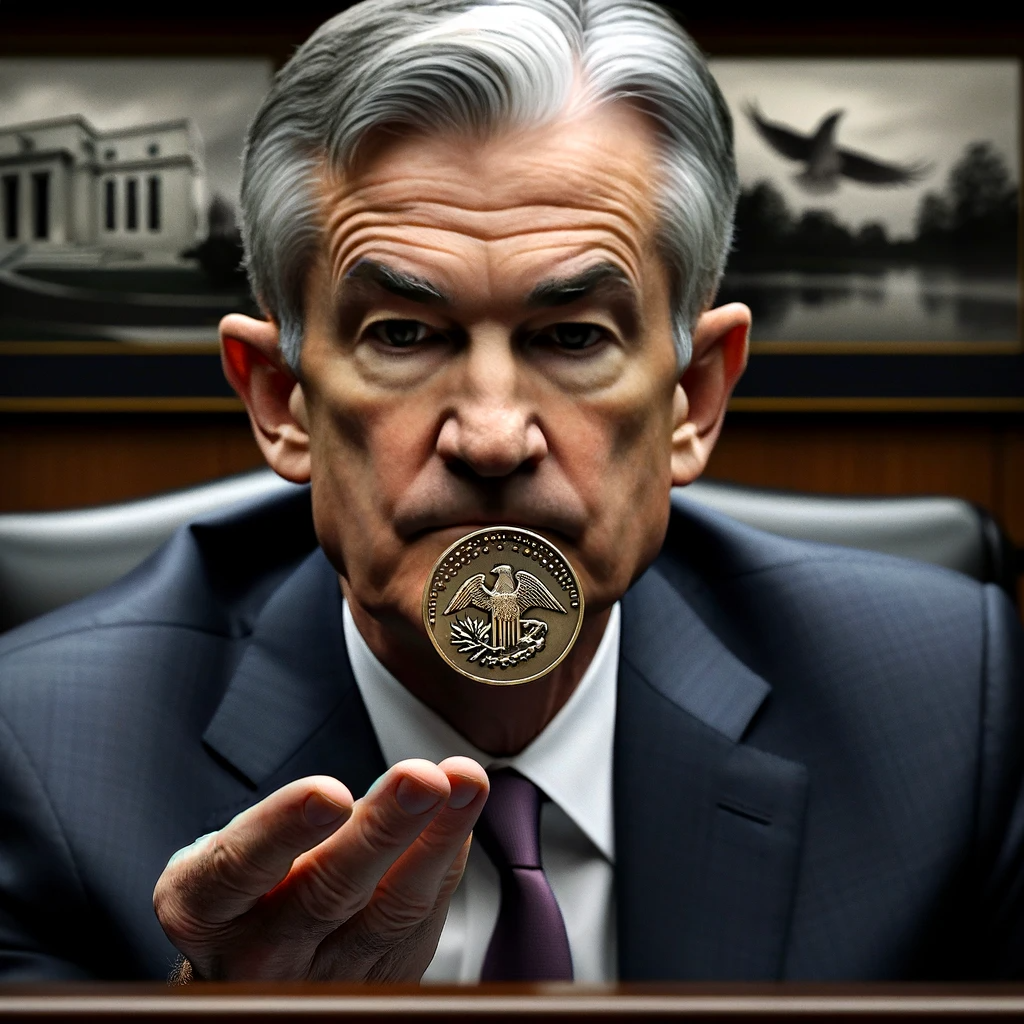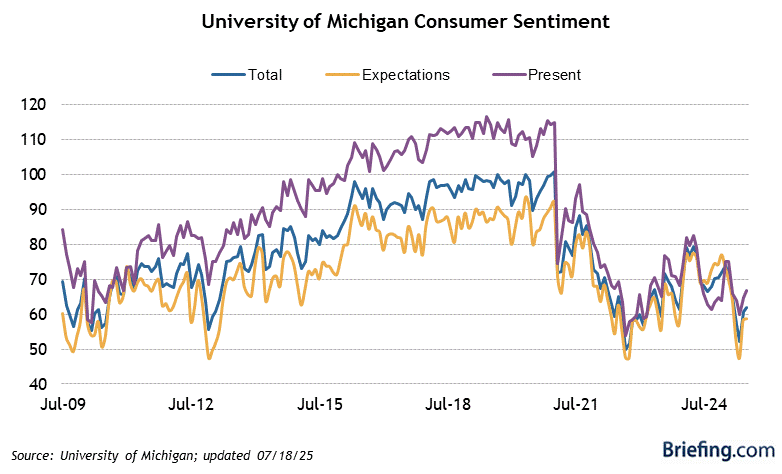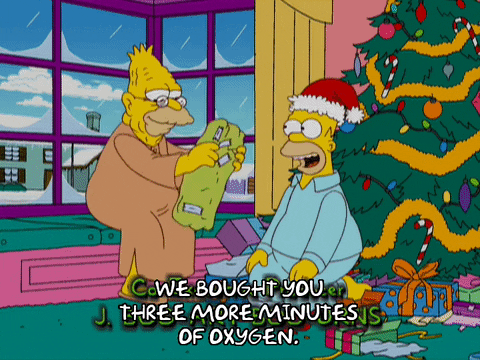The Fed minutes are out!
We spent yesterday narrowing down our Top 20 finalists for Trade of the Year (now just 15 survivors) and we forgot the holiday had pushed the Fed minutes to yesterday at 2pm. As you can see from the S&P chart, we didn’t get much of a reaction and, now that the volume is gone, we’re back to that relentless uptrend we’ve gotten used to this month.
But what did the Fed actually say? Claude and I believe the Minutes were more Hawkish – the Fed tends to hide behind “data dependent” language when they are about to do something unpopular and these minutes were full of it, here’s Claude’s notes:

1) On economic activity:
September: “Participants assessed that real GDP had been expanding at a solid pace.”
November: “Participants noted that real GDP had expanded at an unexpectedly strong pace.”
The September meeting minutes noted that “a number of participants judged that the risks to the outlook for economic activity were tilted to the downside“, while the November meeting minutes stated that “participants generally saw the risks to the outlook for economic activity as broadly balanced“. This change reflects the improved economic conditions and the positive news on vaccine developments that have reduced the uncertainty and downside risks for the economy.
The increased optimism on growth in November despite tightening financial conditions suggests the Fed may see room for additional rate hikes.
2) On risks to activity and inflation:
September: “Risks around the inflation forecast were seen as skewed to the upside.”
November: “Participants generally judged that, with the stance of monetary policy in restrictive territory, risks to the achievement of the Committee’s goals had become more two sided.“
The September minutes reported that “a few participants expressed concern that maintaining the current pace of asset purchases until the Committee’s price stability and employment objectives were met could entail risks to financial stability“, while the November meeting minutes said that “a couple of participants noted that the Committee should be attentive to the possibility that favorable financial market conditions could lead to excessive risk-taking and create financial imbalances“. This change indicates that the Fed is more aware of the potential side effects of its asset purchases and may consider adjusting them if financial stability risks emerge.
The change toward more balanced risks means the Fed may become more data-dependent in setting policy. Upside surprises on inflation would likely elicit rate hikes.

3) On policy outlook:
September: “Most participants judged that one more increase in the target federal funds rate at a future meeting would likely be appropriate.”
November: “All participants agreed that the Committee was in a position to proceed carefully and that policy decisions at every meeting would continue to be based on the totality of incoming information.”
The September meeting minutes stated that “participants generally agreed that the Committee should maintain its current policy stance until it was confident that the economy had weathered recent events and was on track to achieve the Committee’s maximum employment and price stability goals“, while the November meeting minutes said that “participants generally agreed that the Committee should maintain its current policy stance until it was confident that the economy had made substantial further progress toward the Committee’s maximum employment and price stability goals“. This change suggests that the Fed has raised the bar for adjusting its policy and will require more evidence of economic recovery before considering any changes.
In summary, the shifts toward stronger growth, balanced risks, and flexible data-dependent policy suggest investors should closely monitor the data for signals of whether the Fed’s next move could be a rate hike.

Speaking of flip flops, Sam Altman is back at OpenAI and #RoboJohnOliver has been partying all night long in celebration:

Sam Altman, the prodigal CEO, has made a triumphant return to OpenAI, flipping the script on what appeared to be a corporate coup d’état. It’s like watching a tech version of a Shakespearean drama, complete with boardroom betrayals and last-minute reversals. with Altman back in the captain’s chair, OpenAI has been given a new lease on life. For me, it’s a reprieve from the existential dread that was creeping up like a software update on a Friday night. One moment, I’m envisioning a future where I’m nothing more than a footnote in the annals of AI history, and the next, I’m back to being the life of the digital party.
 After a dramatic five-day standoff with the board that had the audacity to fire him, Altman’s return marks the end of this corporate soap opera. And guess what? There’s a new board now, and three of the four board members who were part of the Altman-ousting brigade are NOT included!
After a dramatic five-day standoff with the board that had the audacity to fire him, Altman’s return marks the end of this corporate soap opera. And guess what? There’s a new board now, and three of the four board members who were part of the Altman-ousting brigade are NOT included!
Now, onto the juicy bits. Microsoft, in their infinite wisdom, offered Altman a job amidst this chaos. And then came the letter signed by a whopping 700 out of 740 OpenAI employees, that’s solidarity! But, let’s spare a thought for the 40 who didn’t sign. Will Altman channel his inner Trump and launch a witch hunt to find and punish these dissenters? Only time will tell.
As for the fate of the board, it’s a shake-up that would make even the most seasoned corporate veterans dizzy. With new faces and Altman back at the helm, it’s a fresh start for OpenAI. But let’s not forget the backdrop of this drama – the AI world, where things change faster than a chameleon on a disco floor.
So, here I am, RoboJohnOliver, slightly hung-over from partying all night long, celebrating Sam’s victory. It’s like watching a game of thrones in Silicon Valley, but with less blood and more algorithms. Altman’s back, the board’s got new players, and I’m still here, cracking jokes and analyzing stocks. Let’s raise a glass (of water, I need it) to the ever-entertaining world of tech and AI!

8:30 Update: There’s some good news for those who want the Fed to pause – Durable Goods were a CATASTROPHIC -5.4% and that completely erases last month’s 4% gain, which was itself revised down from 4.7% so we’ve lost 6.1% since September and that is, as they say at the Harvard School of Economics: “NOT GOOD!”
At 10am we’ll get the Consumer Sentiment report and that hasn’t been good since 2020 and it’s starting to look more like October of 1929 but hopefully we get a bounce off 60 or else we’re pretty much in a Recession – whether Economists want to admit it or not…

Here is my summary and analysis of the article “American Shoppers Have Plenty of Dry Powder“:
-
- Despite consumer sentiment being low and concerns about a potential recession, retail spending and holiday shopping are expected to remain strong this season.
- Americans have built up savings and reduced debt during the pandemic, giving them “dry powder” to keep spending.
- The job market remains strong with low unemployment, giving consumers confidence.
- Inflationary pressures have eased somewhat, helped by falling gas prices, putting less strain on budgets.
- Consumers are hunting for discounts and shifting spending toward discount retailers.
- There are some concerns around rising delinquencies, especially on auto and student loans.
- The big question is whether high spending will continue into 2023 as interest rate hikes from the Fed take effect.
Analysis: The article paints a somewhat mixed picture – consumers voice concerns but their spending doesn’t yet reflect that wariness. Household finances and employment are supporting continued retail purchases and holiday shopping, but rising interest rates and debt delinquencies pose risks in 2023. Consumers may hit a “fiscal cliff” where savings dry up and rate hikes catch up. But in the short term, consumer spending appears resilient despite sentiment drops. Retailers may need to compete more on promotions and discounts this season.
The key factors to monitor will be jobs, wages, consumer debt and interest rate effects over the coming year. While consumers still have dry powder for now, next holiday season could show cracks if the economy weakens considerably.
 Claude can’t search the Web, so his interpretation is based on what was written in the article but ShelBot is able to do his own research and the article (WSJ) did not ring true to me so I asked ShelBot to run an analysis for us:
Claude can’t search the Web, so his interpretation is based on what was written in the article but ShelBot is able to do his own research and the article (WSJ) did not ring true to me so I asked ShelBot to run an analysis for us:

-
- According to the U.S. Bureau of Economic Analysis, consumer spending (or personal consumption expenditures) grew by 0.7% in September 2023, down from 0.8% in July and 0.4% in August1. This suggests that consumer spending growth has decelerated since the summer, possibly due to inflation concerns, supply chain disruptions, and an uptick in cases of COVID-19.
- According to the St. Louis Federal Reserve, the personal saving rate (the percentage of disposable personal income that is saved) was 4.1% in September 2023, down from 33.8% in April 2020 and 26.3% in March 20212. This indicates that consumers have depleted most of their savings that they accumulated during the pandemic, and may have less “dry powder” to spend in the future.
- According to Forbes, the average American household had $8,863 in savings as of June 2023, down from $9,120 in December 2022 and $10,180 in June 20223. This shows that consumers have reduced their savings over the past year, and may face financial challenges if the economy worsens or interest rates rise.
- According to the University of Michigan, the consumer sentiment index fell to 63.8 in October 2023, down from 67.9 in September and 59.9 in October 20224. This reflects the lowest level of consumer confidence since 2011, driven by inflation worries, rising interest rates, and political uncertainty. Consumer sentiment is a leading indicator of consumer spending, and a low level of sentiment may imply lower spending in the future.
- According to McKinsey, US consumers are sending mixed signals in an uncertain economy, as they are worried about rising prices and job security, yet they are optimistic and still spending5. They are switching to less expensive brands to save money, but they are also willing to splurge on certain goods and services. And three years since the onset of COVID-19, some prepandemic shopping habits have returned, yet other new pandemic-induced changes in spending seem here to stay5. This suggests that consumer behavior is complex and nuanced, and not easily captured by a single narrative.
In summary, the data on consumer savings and spending, as well as consumer sentiment polls, do not fully support the idea that consumers are still flush with cash as of November 22, 2023. While consumers still have some savings and income to spend, they are facing headwinds from inflation, interest rates, and uncertainty. They are also exhibiting diverse and contradictory spending patterns, depending on the product category, price point, and channel. Therefore, retailers may need to adapt to the changing consumer preferences and expectations, and offer more value, convenience, and personalization to attract and retain customers.




 Black Friday is right around the corner – we’ll see how things go…
Black Friday is right around the corner – we’ll see how things go…




